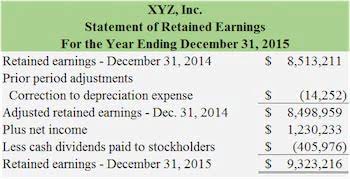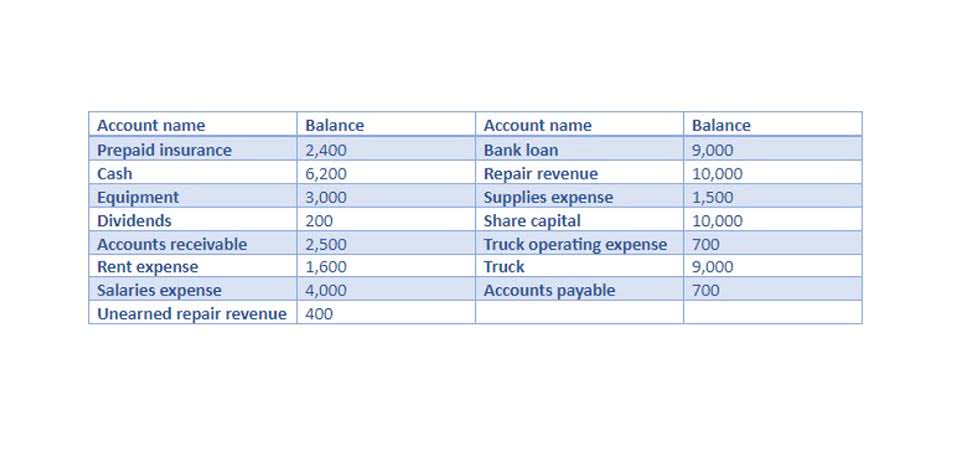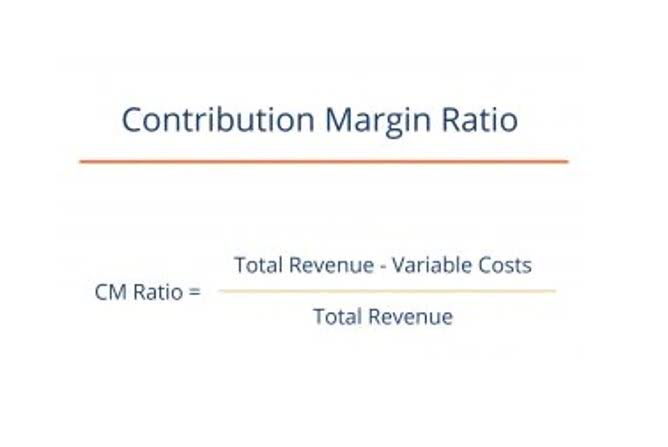Solved: Where do I find my 2014 tax liability if I only have my W2?

It’s a record of an employee’s compensation, benefits and taxes withheld for a given tax year. You fill out a W-2 for any worker who was classified as a part-time or full-time employee of your business at any point in a given tax year. You must file a W-2 for all employees who were paid at least $600 for the year. You must also file a W-2 for any employee for whom you withheld taxes, even if you paid them less than $600. Today we are covering rate changes and potential rate changes in New Jersey and Oregon.
Tax planning implications of the GILTI regime
Here are some key tax planning and tax strategy concepts to understand before you make your next money move. The bottom line is that you must pay the balance on line 37 of your tax return as quickly as possible to avoid paying interest and penalties on the amount until it’s paid off. All these payments are subtracted from the number that appears on line 24 to arrive at your tax liability. You can find your tax liability on lines 37 and 38 of the 2022 IRS Form 1040 when you’ve completed it. The IRS occasionally tweaks the Form 1040, but you’ll find the information on these same lines on your 2021 return as well.
- It’s determined in part by tax brackets, the percentage of each portion of your income that you must pay in taxes.
- These percentages vary depending on both your filing status and how much you earn.
- Your federal tax liability amount is found on Form 1040 (line 63), Form 1040A (line 39), and Form 1040EZ (line 12).
- You want to make sure you have just enough taxes taken out of your paycheck to keep Uncle Sam happy.
- A qualified CPA advisor can also help tailor tax strategies to minimize your tax burden.
- The difference between the tax expense (from financial accounting) and the tax payable (from IRS accounting) tells you whether you have a deferred tax liability or a deferred tax asset.
Contributions to retirement plans
She supports small businesses in growing to their first six figures and beyond. Alongside her accounting practice, Sandra is a Money and Life Coach for women in business. If you own a business and are looking for tips on tax filing, explore Small Business Tax Deductions for helpful tips on eligibility and how to claim your tax reliefs. However, because GILTI applies on an aggregate basis, not on a jurisdiction-by-jurisdiction basis, it will be treated as a blended CFC tax. The guidance addresses how to allocate taxes arising under such a blended CFC tax regime.
What to do if you haven’t received your W-2

The most common questions relate to why W-2 Wages differ from your final pay stub for the year, and why Federal and State Wages per your W-2 differ from Social Security and Medicare Wages per the W-2. The short answer is that the differences relate to what wage amounts are taxable in each case. The following steps will walk you through the calculations of the W-2 wage amounts https://www.bookstime.com/ and enable you to reconcile these to your final pay stub for the year. You should receive a Form W-2, Wage and Tax Statement, from your employer showing the pay you received for your services. You and your employer agree that part of your salary is to be paid directly to your former spouse. You must include that amount in your income when your former spouse receives it.
Amounts withheld for taxes, including but not limited to income tax, Social Security and Medicare taxes, are considered “received” and must be included in gross income in the year they’re withheld. Generally, your employer’s contribution to a qualified pension plan for you isn’t included in gross income at the time it’s contributed. Tax deductions, on the other hand, reduce how much of your income is subject to taxes. Deductions lower your taxable income by the percentage of your highest federal income tax bracket. For example, if you fall into the 25% tax bracket, a $1,000 deduction saves you $250.

A W-2 employee misclassified as a worker doesn’t receive the legal protection afforded to other employees. An employee agreement is for part-time and full-time employees on the company’s payroll. Elements what is tax liabilities on w2 included in an employee agreement are job expectations, working conditions (locations, hours, days), compensation and benefits, termination terms, and details about the severance package.
If you are a partner, director, or independent contractor, you can also be the recipient of a fringe benefit. You are the recipient of a fringe benefit if you perform the services for which the fringe benefit is provided. You are considered to be the recipient even if it is given to another person, such as a member of your family. An example is a car your employer gives to your spouse for services you perform. The car is considered to have been provided to you and not your spouse.











